Installing Ghost & Creating Custom Templates
September 8, 2015

So, Readers and viewers; we are back with the second part of the new blogging platform called Ghost. In our previous blog; we saw the features and drawbacks of this platform. Here, in this part we will discuss about installing Ghost as well as creating custom templates using Ghost.
Hence, first of all let’s begin with Installing the Ghost.
Installing Ghost:
This amazing platform needs node.js. SQLite is the one that is used as a development database. So, one can install npm and then the Ghost development environment can be run easily. As compared to WordPress where it is necessary to develop MYSQL database and HTTP Server; Ghost offers a completely new experience.
Apart from this, there are several other ways to run and install Ghost. Yes, one can definitely get a trial before actually using it. Hence, it is advisable to first have it on your personal computer. This can be Windows, Mac or Linux. One can also install it on VPS.
In short the normal process of setting up Ghost is as follows:
- Install Node.js and npm. Npm already has node.js installed.
- Then Download the latest version of Ghost
- Derive the entire contents of Ghost Package wherever you wish your website to be.
- Arrange your Ghost options and settings as per the need.
Themes in Ghost:
Ghost uses a view engine for Handle bars known as hbs. We can say that Ghost themes contain a batch of hbs templates as well as partials that are used to administer the way HTML is to be generated for every page.
In any default Ghost theme, you can get various files such as page.hbs, default.hbs, post.hbs and many others.
If you want to customize any Ghost theme, then it is mandatory to have the knowledge of CSS and HTML.
How to create Custom Templates:
The main thing in Ghost is the template customization of various individual pages and posts. Template customization is done with the use of Handlebars. Using this system, one can easily give any page completely new look and feel.
Here, there’s an option to customize the templates for individual pages instead of customising all of them.
For this, front-end.js is responsible which decides what partials will be loaded based on the URL that is accessed by the user. Here, one can get the routes for RSS Feed, tags, authors etc. Hence, a simple thing is to add rules to match the specific pages.
Making your Ghost Site Live:
Once the entire theme customization is done then it is time to make your Ghost site go live. You can choose from the innumerable ghost hosting platforms ( here the link will be of previous part, blog of 7th Sept 2015). The configuration is stored in ./config.js. The configuration variable stores objects for development as well as production.
Finally when everything is ready, just push the site to the remote using the command “: git push”.
And you website on Ghost platform is up and running.
Wind Up
This completes the entire information about Ghost- a new blogging platform. For more such updates and latest news from the industry, stay connected with Softqube Technologies, PHP Development company in India.
Share on







